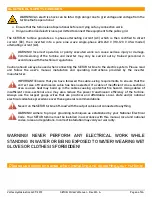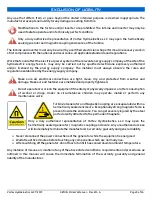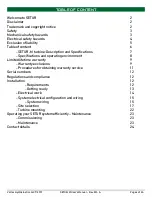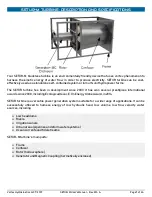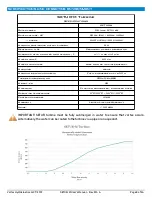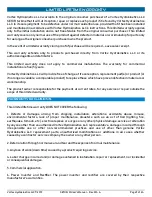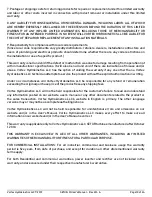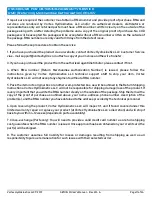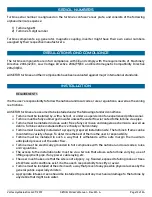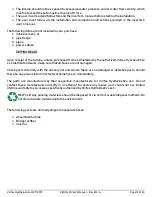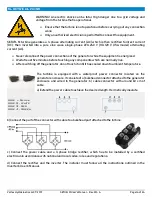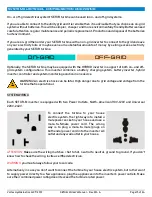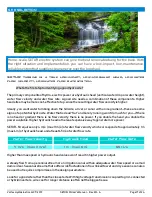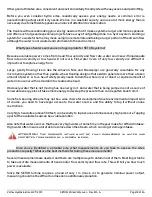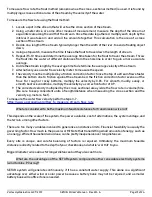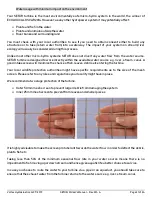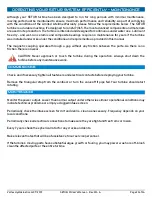
Other good attributes are a convenient and environmentally friendly site with easy access and permitting.
Before you even consider hydro sites, realistically assess your energy needs. A common error is
overestimating actual electricity needs. We live in a wasteful society, and use a lot more energy than is
necessary due to inefficient appliances and lack of attention to conservation.
The trouble with overestimating your energy needs is that it makes systems larger and more expensive,
and often such large and expensive projects have a way of not getting done. In a hydro system, building a
system for a wasteful home may mean using more materials and taking a larger portion of the stream flow
although the water is not wasted and returned into the environment.
What types of water sources are not appropriate for SETUR systems?
Because available power comes from head, flow velocity and flow rate, water sources with inadequate
flow rate and velocity or low head will not work. Flat-water rivers of very low velocity are difficult or
impractical to capture energy from.
Large, gently flowing rivers like the Amazon, Nile and Mississippi are generally unsuitable for any
microhydro systems other than paddle-wheel floating designs that seldom generate more than a token
amount of power. A “low-head” site typically needs to dam the whole river or divert a required amount of
water into a canal with a small dam to create some head.
Obviously, water that is not moving has no energy in it. And water that is being pumped is not a source of
renewable energy, since it takes more energy to develop the pressure than can be gotten back from it.
Some fish-bearing streams may not be a wise choice for development due to environmental impact. And
of course, you need to have legal access to the water source, and the ability to tap it without undue
restrictions.
Very high-head sites (above 500 feet) can be costly to tap because of unnecessary high pressure. Tapping
a part of the available head can be a viable solution.
Also note that water sources that have very high water at some time in the year make for difficult intakes.
High water often means a lot of debris comes down the stream, which can clog or damage intakes.
ATTENTION! The turbine's intake must be fully submerged in water and
protected from debris by a screen (mesh).
Once you’ve identified a potential site, what measurements do you take to assess the site’s
production capacity? What are the best methods for taking these measurements?
Several measurements are needed, and there are multiple ways to obtain most of them. Most important is
to take accurate measurements of head and/or flow velocity and flow rate. This will tell you how much
power is available.
Since the SETUR turbine requires a head of only 1 m (max 6 m) to generate nominal power output,
measuring should not be difficult and needs no additional explanation.
Vortex Hydrokinetics LLC © 2019
SETUR-M User's Manual - Rev. 2M-A
Page 18 of 24

